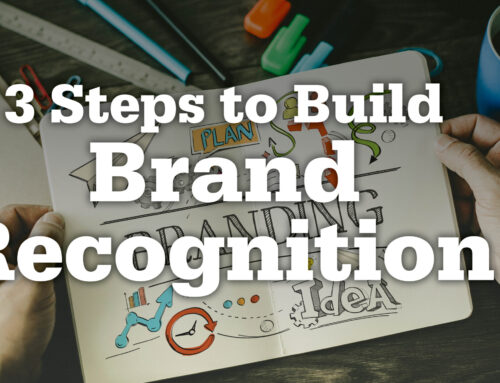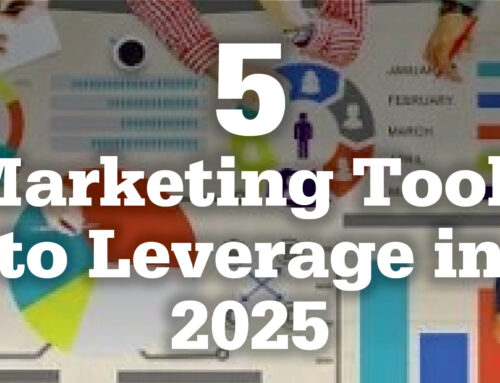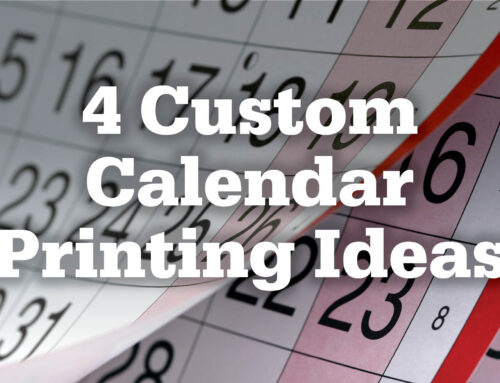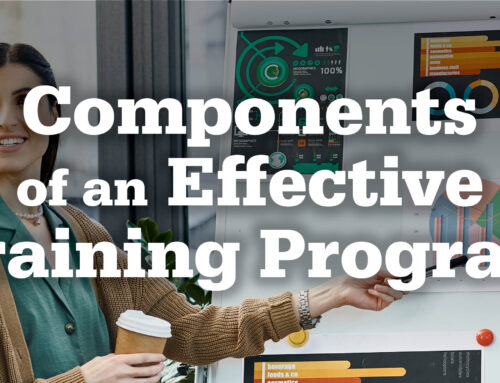Written by Susan A. Friedmann, CSP
Every company on the tradeshow floor has a few things in common. They all want to capture attendee interest, and lure them into the booth with the new, the exciting, the irresistible. They’re all facing similar challenges: short attention spans, myriad shows, and increased competition from every corner of the globe. However, there’s one extra special way that savvy exhibitors can differentiate themselves from their competitors.
 The company that has the best understanding of their target audience — their wants, needs, problems, and challenges — has the ultimate advantage in the exhibiting forum. It is these companies that take the time to learn about their customers — and more importantly, their customer’s customers — that succeed on the show floor and beyond.
The company that has the best understanding of their target audience — their wants, needs, problems, and challenges — has the ultimate advantage in the exhibiting forum. It is these companies that take the time to learn about their customers — and more importantly, their customer’s customers — that succeed on the show floor and beyond.
Since the marketplace changes so rapidly, this is crucial. For the first time in recent memory, there are four active generations engaged in the commercial sphere. This is a radical change which means a lot to your customers — and of course, to you.
In previous years, buying power was concentrated within a narrow range of years: the vast majority of commercial behavior took place within a forty year span, beginning as one graduated high school and grinding to a halt upon entering retirement. In this environment, a mass market, one-size-fits-all visibility strategy worked fairly effectively.
Those days are gone. Today’s consumer can be a member of one of at least four generations, beginning with the pre-pubescent teens and extending right up to the infamous baby boomers. Companies are targeting themselves to six year olds and seventy six year olds: obviously each requires a different approach from them, and ultimately, from you. It’s important to remember that not only are end customers member of these generations, but that attendees are divided among these four generations.
If your marketing prowess has you experienced in marketing to one given group, it’s critical to take a step back and reassess your strategies. Techniques and strategies that will appeal to one group will quickly turn another group off. It’s essential that you know both who you’re trying to reach and what the best way is to connect with them.
Here’s a snapshot of each of the four groups and what you need to know to position yourself appropriately:
- Millenials: The youngest attendees on the show floor, Millenials were born after 1977. Incredibly media savvy and skeptical, Millenials take almost nothing on faith. You have to prove yourself to them — and you need to do it quickly. More than any other generation, Millenials expect an environment of instant, verifiable information. This group responds well to short, focused presentations, heavy on the benefits, short on the sales fluff. Educational presentations, seminars, and speakers who offer real value will draw Millenials. At the same time, brand loyalty is almost unheard of among this group. If you want to create a lasting relationship, it will be one where you constantly have to bring your game to the table. Proving and reproving yourself as the best choice for any given transaction is the name of the game.
- Generation X: Gen Xers were born between 1965 and 1976. After a lifetime of being disappointed by media stars, public figures, and personal heros, Gen Xers have learned to rely on no one but themselves. They expect to work hard for what they have — and they expect you to work hard for them. Expect to spend more time developing a relationship with Gen Xers. You’re encountering a mindset that initially distrusts most things, but is willing to work with you to reach mutually agreeable points. Personal connection is important to Gen Xers. They like to be recognized as individuals, and place great emphasis on forming connections with colleagues and peers. This is where your individual staffers really have to shine: if they don’t ‘click’ with the Gen X attendee, you’re going to lose the sale.
- Baby Boomers: What hasn’t already been written about the Baby Boomers? This self-obsessed generation has examined itself ad infinitum, and in the end declared itself pretty darn good. Idealistic and self-motivated, Boomers have a strong passion for career and individual advancement. Appeal to Boomers with benefits-focused presentations that frame the material in terms of how it will improve individual lives. Boomers like to view things in context — where do your products and services fit into the larger picture? Present the Boomer with the answer to that question, and you’ll carry the day.
- Traditionals: Traditionals are slowly disappearing from the tradeshow floor. Many have entered retirement, or are seriously contemplating doing so. Born before the end of WWII, Traditionals value the success of the team over the individual. Self-sacrificing and hard working, Traditionals respond well to authoritarian figures who explain “The Best Way” or “The Ideal Solution” to any challenge.
One more generation has a definite presence on the show floor, even though you’re unlikely to see them wondering the aisles, just yet. They’re too busy enjoying recess and studying for fourth grade exams. This is the burgeoning “Tween” market. Defined loosely as the years between 8-12, Tweens command incredible spending power in the nation.
If you’re marketing your products/services to attendees who serve this market, it would be very smart to make yourself familiar with this dynamic, ever-changing segment. Keep in mind that while Tweens have a great deal of disposable income, at the end of the day it’s their parent’s money paying for the purchases. Close contact to your customers and by extension, their customers, will help you walk that fine line that can ultimately lead to profitability.
The wide range of ages and viewpoints in the marketplace today is unlike anything previously experienced. Savvy exhibitors make themselves familiar with the generations most interested in their products and services and do everything possible to present themselves appropriately. Are you ready? Let’s hope so: none of the four generations outlined above, much less the Tween market, are known for their patience!
About the Author
Susan A. Friedmann, CSP, The Tradeshow Coach, Lake Placid, NY, internationally recognized expert working with companies to increase their profitability at tradeshows. Author: “Meeting & Event Planning for Dummies,” and “Riches in Niches: How to Make it BIG in a small Market” (May 2007). http://www.thetradeshowcoach.com & http://www.richesinniches.com





